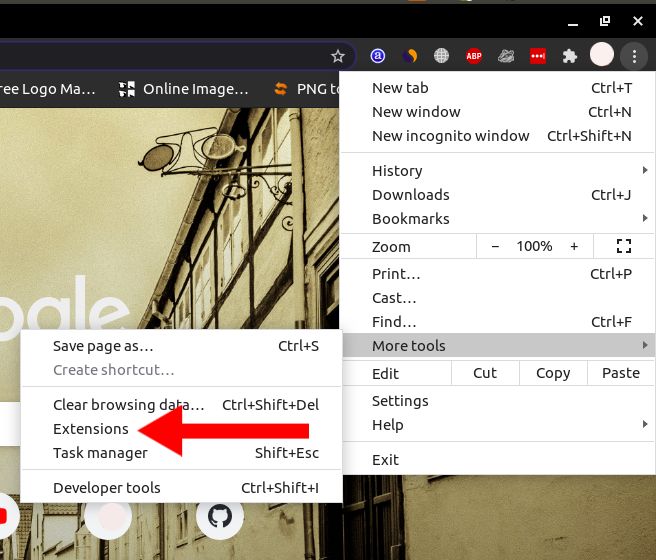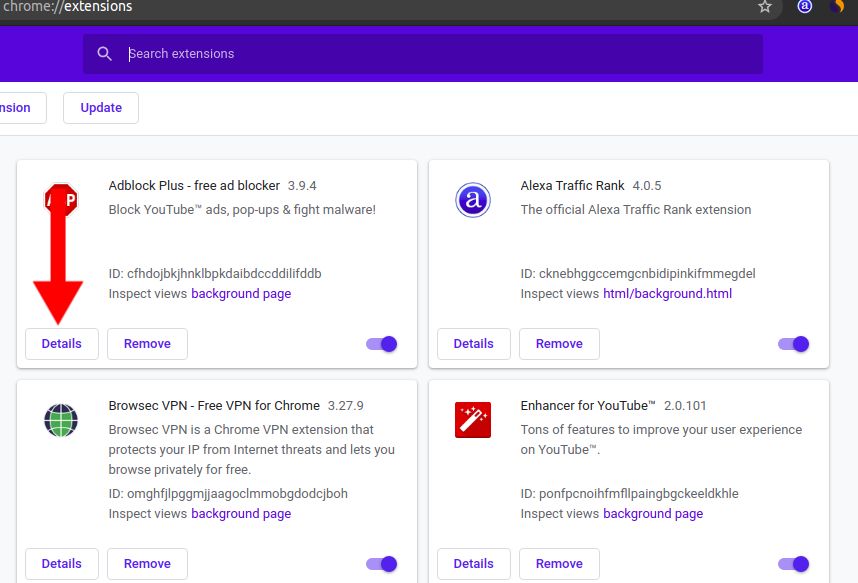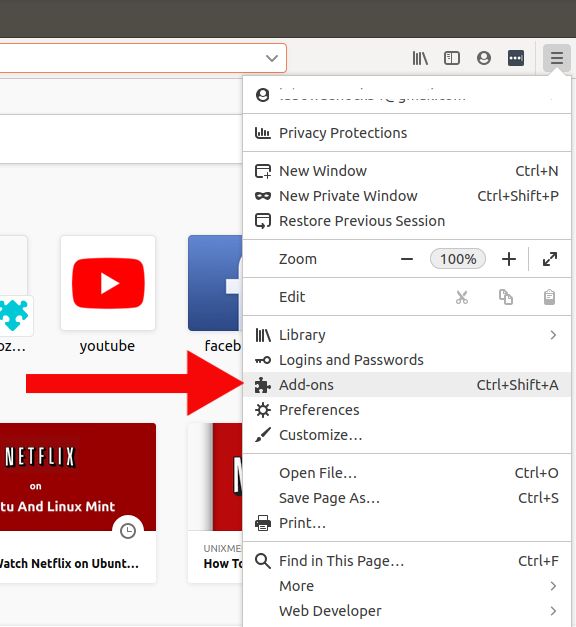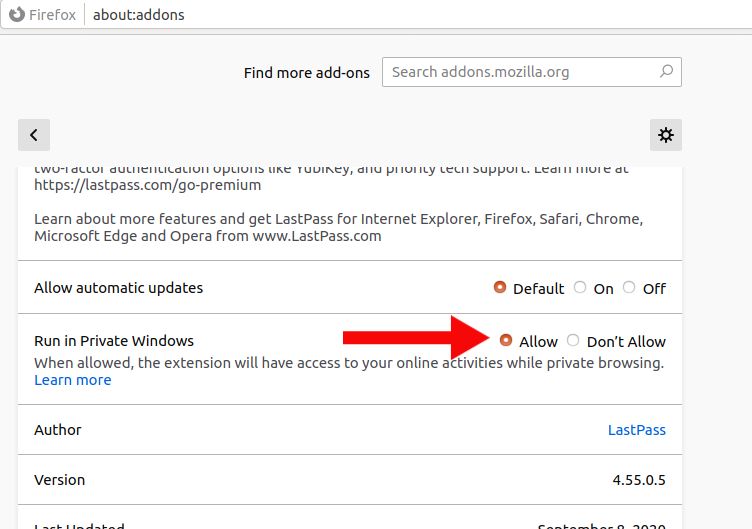How to Enable Google Chrome and Firefox Extensions in Incognito Mode?
Incognito private mode as Firefox calls it, is a handy feature when browsing the internet especially these days when many websites collect user data, and almost every website has cookies. Incognito is usually useful when you don’t want to: save your browsing data, have cookies stored on your computer, or use a different account session

By default, all browser extensions are disabled in Incognito mode and this is because some extensions store user data yet Incognito mode is majorly about being anonymous. Nevertheless, extensions can be enabled in incognito. However, it’s good to avoid enabling extensions that save user data if the major reason is to be anonymous while browsing.
Is it Safe to Enable Extensions in Incognito mode?
Well, the first thing you should know is that Incognito mode does not entirely protect you from being tracked by websites especially the ones where you log in. Neither does it protect your IP from being discovered (that would be the work of a VPN). It will however allow you to create a brand new session in your browser and this session will only be active for as long the Incognito window is open and neither cookies, browsing history, or login sessions will be saved.
This also means the cookies or accounts stored in the main browser session won’t any way affect you in the Incognito mode. You should note that your organization (school or work) and the service provider will be able to see your activity due to reasons.
Enabling extensions in Incognito definitely increases the chances of being tracked since most extensions store user data. However, with extensions that improve security like VPNs, adblockers, and the like, it’s entirely safe to have them enabled in Incognito.
How to Enable Google Chrome Extensions in Incognito mode
- Open the Google Chrome menu with the icon at the top right corner, navigate to More tools and click on Extensions

Google chrome menu - Identify the extension you would like to run in Incognito and click on the Details button

google chrome extensions page - On the details page, scroll until you see Allow in Incognito and then toggle the button to enable the setting

enabling extension in incognito - The next time you open an Incognito window, the extension will be accessible
How to Enable Firefox extensions in Incognito/Private window mode
- Open the Firefox menu from the top right corner and click on Add-ons. You can also use a keyboard shortcut, Ctrl+Shift+A

Firefox menu - From the list of installed extensions, identify the extension you would like to run in private windows and click on it.
- On the extension details page, scroll down until to find the section Run in Private Windows
- Check the Allow button and the extension will be enabled next time you open a private window

Enable Firefox extension in private windows





